By Michelle Glassman, ERPA, QPA
Over the next few months, many pension plan sponsors will be notified that their retirement plan document has to be rewritten. Many who receive this notification will ask “Why does the plan need to be rewritten?” And many will recall that it doesn’t seem like that long ago when the plan was last rewritten. This article will explain why the plan must be rewritten (also referred to as “restated”) and the rules for when the plan must be rewritten.
Pension Plan Document Are Legal Contracts
A plan document is a legal contract between the plan sponsor and the participants who receive benefits under the plan. A plan is required to be in writing, and the provisions are enforceable under law. If the plan contains outdated provisions, a problem arises because the participants have a claim based on the written document and the plan sponsor has to abide by the terms of the plan which may not be in compliance with current laws.
The Plan Document Must Comply With Current Laws
Quite often, Congress makes changes to the laws that govern the design and operation of pension plans. In addition, the IRS and the Department of Labor frequently issue regulations and rulings that change the way plans operate. These changes must be incorporated into the language of the plan in order for the plan to continue to retain its “tax-qualified” approval status. Before 2007, every time legislation was passed or regulations were issued that affected qualified plans, the plan document had to be amended or completely restated. Sometimes a law would have multiple provisions with different effective dates. This created much uncertainty and unnecessary costs for pension plan sponsors and the IRS who had to review the restated plans. In 2007, the IRS established a program under which all plans must be restated every five or six years (depending on the category of the plan, as explained below) to incorporate all laws and regulations enacted since the last restatement. Between restatements, the plan can rely on its most recent approval letter even if some of the new laws had not yet been included in the document.
Two Types of Plan Document Formats
Plan documents can be “pre-approved” or “individually designed.”
-A pre-approved plan is one that has had its basic format submitted to the IRS in advance by the party drafting the plan, and as long as there have been no significant changes to the outline of the plan, any adopter of the pre-approved plan can rely on the plan’s basic approval letter. Pre-approved plans include both “prototype plans” and “volume submitter plans.”
-An individually designed plan is written “from scratch” and is extremely flexible in that any provisions can be included in the document. However, individually designed plans are generally more expensive to draft and can only be submitted to the IRS for approval if it is the initial determination (a new plan) or the plan is terminating.
Pre-Approved Plan Restatements
Under the IRS program, pre-approved plans must be restated every six years. There are two sets of six-year cycles, one for defined contribution plans (which include 401(k) plans and profit sharing plans) and one for defined benefit plans (which include traditional defined benefit plans as well as cash balance plans). The first six-year cycle for pre-approved defined benefit plans ended April 30, 2012. That cycle required plans to incorporate the provisions of the Economic Growth and Tax Relief Reconciliation Act of 2001 and became known as the “EGTRRA Restatement Cycle.” The new cycle for pre-approved defined benefit plans is being referred to as the “PPA Restatement Cycle” because it includes the provisions of the Pension Protection Act of 2006. The IRS has finalized their approval of the master documents which will be used to write these plans. Since IRS approval in May 2018, plan sponsors were given two years to rewrite their plans using a pre-approved document.
What’s Next
At Preferred Pension Planning Corporation, we use a pre-approved volume submitter plan document. This allows the employer to have flexibility in plan design while minimizing the cost of drafting the plan document and eliminating the need to submit the plan to IRS for approval, which in most cases, is no longer permitted. Whether a pre-approved plan or an individually designed plan document is used, all sponsors of qualified retirement plans are responsible for making sure their plan document stays in compliance with the most recent laws and regulations. Watch for more information concerning the PPA restatement.
